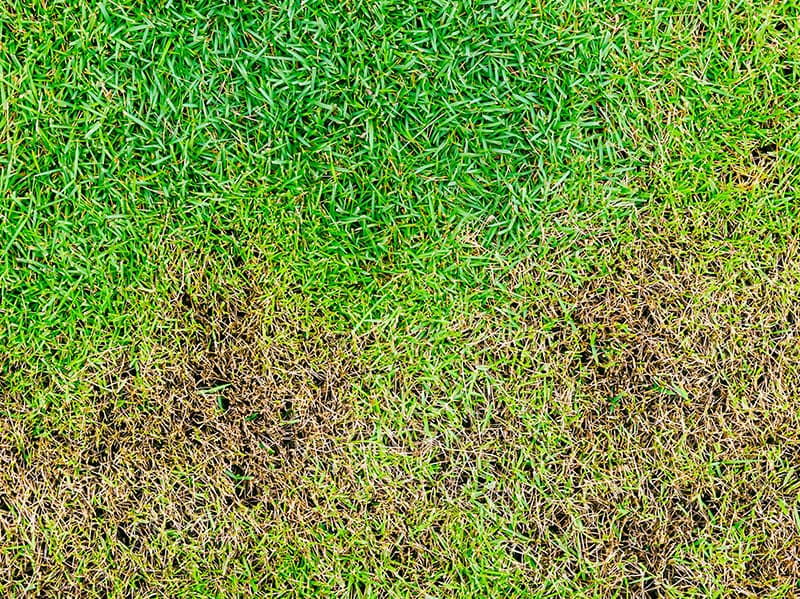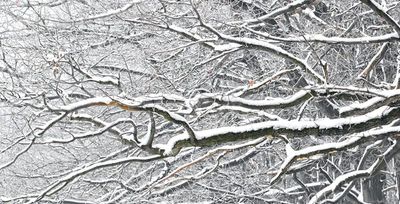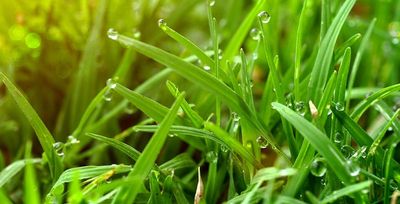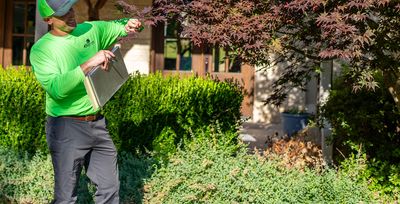The Most Common Lawn Diseases in Tulsa, OK
While there are many things that can damage your turf and cause it to turn brown—such as drought, compacted soil, high heat and humidity, lack of nutrients, and more—there are a few common lawn diseases that can cause similar symptoms.

Spring dead spot disease
Spring Dead Spot (SDS) disease is common in bermudagrass types throughout Oklahoma. Spring dead spot disease occurs in highly maintained residential and commercial bermudagrass lawns. It’s most noticeable in the springtime and early summer.
You can tell if your lawn is experiencing SDS if you see:
-
Dead and bleached white circles
-
Spots that expand in size
-
Weed growth
Brown patch disease
Brown patch disease most often affects lawns during the warm season in Tulsa but can begin in early spring depending on the changing weather conditions. The best way to treat brown patch disease is by treating it as soon as you see it, so be on the lookout for:
-
Thin grass areas
-
Bleached or yellow areas
-
Large circular and semi-circular arc
Dollar spot disease
Dollar spot disease is the most common among turf grasses. This disease is most likely to affect residential lawns that are maintained under a low-nitrogen fertility program. In Tulsa, dollar spot disease occurs during high humidity and cool nights, such as late spring and early fall.
The most common signs of dollar spot are:
-
White or tan spots of dead turf about the size of a silver dollar.
-
Spots are more likely on lawns cut at 1 to 3 inches.
-
Dead areas may reach 2 to 4 inches in diameter.
-
These spots may run together, producing large areas of dead turf.
Fairy rings disease
Fairy ring is more difficult to see, especially on a well-kept lawn, and is more prevalent on lighter-textured soils and on the grass with heavy thatch. It is caused by mushroom fungi and different types of soil-inhabiting fungi. They usually appear at the outer edge of rings in late summer or early fall, during periods of high soil moisture. Fairy ring is less infectious since the lawn fungi do not directly attack the plants, but rather affect the grass by altering the soil chemistry or physical appearance.
Key signs of fairy rings are:
-
Rings of dark green
-
Fast-growing turf
-
A cluster of mushrooms or toadstools
Lawn disease control
The best way to prevent lawn disease is with consistent care. Fertilization, weed control, lawn pest control, and more should be a regular part of your lawn care routine. If your lawn is suffering from any of these lawn diseases or more, let the experts at Nutri-Green help kick it back into gear! Our comprehensive lawn care program lets you enjoy a beautiful, healthy lawn year-round!

Testimonials



News, Blogs & Articles
Our Blog











